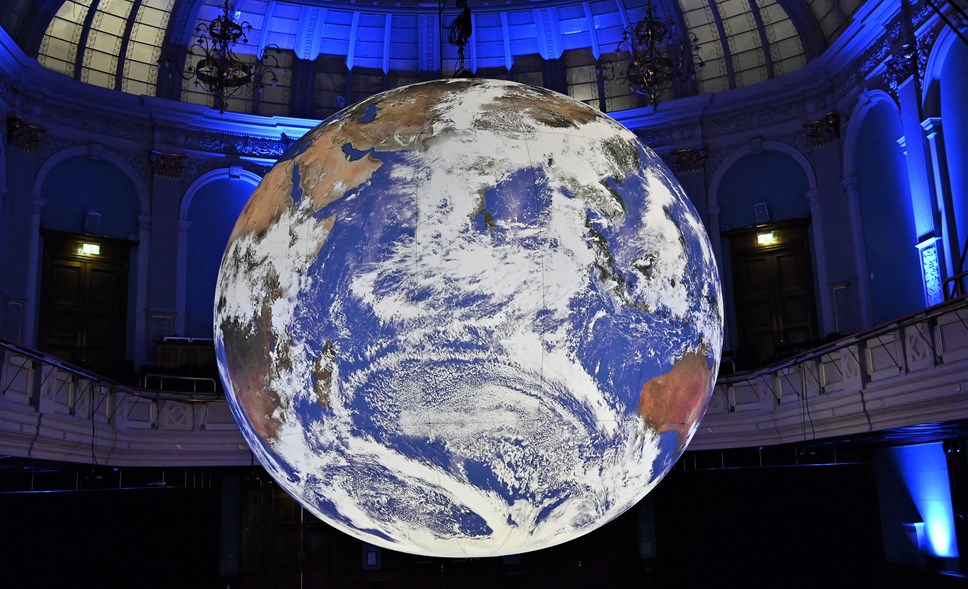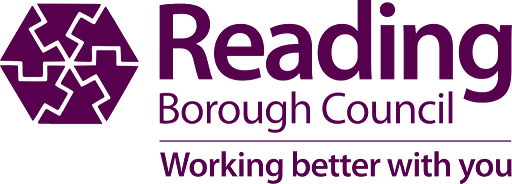
Reading cuts carbon emissions by 51% and Council reduces own carbon footprint by 74%
- Reading achieves eighth largest reduction in carbon emissions in the country since 2005
- Reading Borough Council cuts its own carbon footprint by 74% in 14 years
- Council achieves target to reduce fossil fuel use by 50% two years early
- Call for Reading residents, businesses, communities and organisations to re-double efforts to reach net zero by 2030
Reading’s carbon emissions have fallen by 51% since 2005 – the eighth largest reduction across 374 local authority areas in the UK.
The borough’s cut in carbon emissions compares with a UK average of 39.3% and south east England average of 38.9% over the same period.
Reading Borough Council has also reduced its own carbon emissions by 74% in 14 years, and reduced its use of fossil fuels by 50% - two year ahead of schedule.
The figures are published in two reports going to the Council’s Strategic Environment, Planning and Transport (SEPT) Committee on 15 November.
While the statistics are encouraging, the Council is highlighting the fact that there is still much to do to reach the target of a net zero Reading by 2030 and is calling on residents, businesses and organisations all to play their part.
Examples of actions taken by partners in the last year, highlighted in the annual report produced by the Reading Climate Change Partnership, include:
- University of Reading: A £2.2m government grant, match funded by the university, is being used to install a large water source heat pump which will reduce the carbon footprint of its entire built estate by 10%.
- Green Park Station: Reading’s first new railway station since 1906 was built by Reading Borough Council, Network Rail and Great Western Railway, and is now providing improved sustainable travel options for local residents and business in the Green Park area, as well as visitors to the Select Car Leasing Stadium.
- Royal Berkshire NHS Foundation Trust IT amnesty: The hospital developed a programme to reuse and repurpose old IT equipment which has resulted in 379 items being collected and recycled, 128 tonnes of carbon has been avoided and 57m litres of water saved.
- Reading Climate Action Network’s Reading Climate Festival: The centrepiece of the 2023 festival was the exhibition of the international artwork, Luke Jerram’s ‘Gaia’ at Reading Town Hall which helped attract 13,000 people to 20 events across 12 days, increasing participation by 1200% compared to previous festivals.
- DraughtBusters: A voluntary group supported by Reading Borough Council expanded its operation to provide advice on home draughtproofing measures to people living in fuel poverty across Reading and surrounding towns.
The Council’s annual greenhouse gas emissions report shows a further reduction in its own emissions to 74% in 2022/23 compared to the 2008/9 baseline, which is a 9.3% decrease on the 2021/22 figures.
The report also shows that the Council’s target to reduce its fossil fuel use by 50% by 2025 has already been achieved. Gas use is down 61% and oil/fuel use is down by 55%.
Key measure the Council has taken to reduce emissions in 2022/23 include:
- New leisure centres: Heat pumps and solar panels have been installed in Reading’s two new leisure centres, in partnership with Greenwich Leisure Ltd. These will result in an 80% reduction in the carbon emission rate of Rivermead and a 57% reduction at Palmer Park, compared to the original designs.
- Bennet Road depot: High voltage EV charging infrastructure has been installed for the growing fleet of electric vehicles. Six electric refuse collection vehicles are now in service and seven more are on order.
- Schools: Electricity usage at schools has reduced due to Council works to upgrade lighting, a major programme of solar panel installations, use of more efficient equipment and other energy efficiency improvements.
- Reduced emissions from waste: New figures show a 68% reduction in emissions from waste since 2015/16, largely as a result of achieving significant reductions in waste going to landfill.
The Council remains on track to reach its target of an 85% cut in carbon emissions by 2025 with major decarbonisation initiatives coming online at the Civic Offices and the Hexagon in the next two years. But it remains an ambitious target requiring sustained commitment and innovation while local authority budgets continue to be under extreme pressure.
Also, it should be remembered that the Council’s direct emissions only account for 1.5% of Reading’s overall carbon footprint, illustrating the need for action by a wide range of partners.
Cllr John Ennis, Lead Councillor for Climate Strategy and Transport, said:
“The figures in these annual reports show how committed we are in Reading to tackling the climate emergency.
“Together, we have acted to see Reading’s carbon emissions fall by 51% since 2005, which is the eighth largest reduction in the country. And the Council itself has reduced its own carbon emissions by almost 74% in 14 years.
“While we appear to be heading in the right direction, it is obvious that we still have a lot of work to do to achieve our target for Reading to be net zero by 2030.
“Some of what we can achieve is affected by outside influences, such as the policies of national government. But we can maximise our chance of success with the support of Reading’s residents, communities, businesses and organisations.
“I firmly believe that the combined small actions of many people can make a huge difference. So, I would urge everyone in Reading to do whatever they can to help Reading become net zero by 2030.”
Tracey Rawling Church, Co-Chair of Reading Climate Change Partnership, said:
“With 2023 set to be the warmest year in recorded history, and the impacts of climate change becoming ever more evident through extreme weather, it is increasingly important that we both build resilience and reduce our impacts. This is a challenge that needs to be addressed across all sectors of society and we aim to bring together as many people and organisations in Reading as possible to collaborate on finding and delivering solutions.”
The Reading Climate Action Network website has lots of ideas and information about ways individuals, businesses, organisations and schools can help Reading reach net zero by 2030. Visit: https://readingcan.org.uk/
Notes to editors
Notes to editors
The Reading Climate Emergency Strategy 2020-25 Annual Report 2022/23, produced by the Reading Climate Change Partnership, and Reading Borough Council’s Greenhouse Gas Emissions Report 2022/23, produced by the Council, can be found within the papers for the Council’s Strategic, Environment, Planning and Transport Committee meeting on 15 November at: https://democracy.reading.gov.uk/ieListDocuments.aspx?CId=139&MId=5192.
